Willow: Nature's Flexible Friend
The most rigid tree is easily cracked, yet the willow survives by bending with the wind.

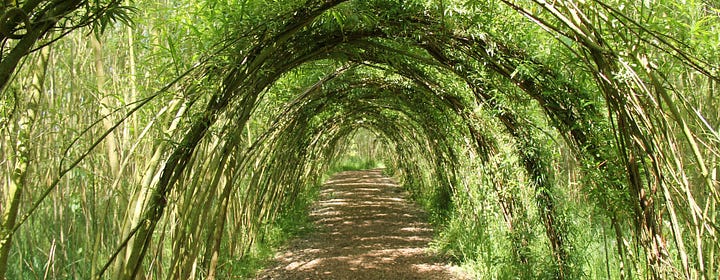
Willow is an amazing plant that’s been part of human life for centuries. Thanks to its bendy branches, quick growth and toughness, it’s become a go-to for everything from crafts to helping the environment.
Upcoming Willow Weaving Courses
Willow Garden Sculpture - Fri 10th January
Join this craft course in the beautiful Hampshire South Downs and learn how to weave stunning willow sculptures for your garden! Past participants have created delightful pieces like dragonflies, hearts, foxes, chickens and pheasants.
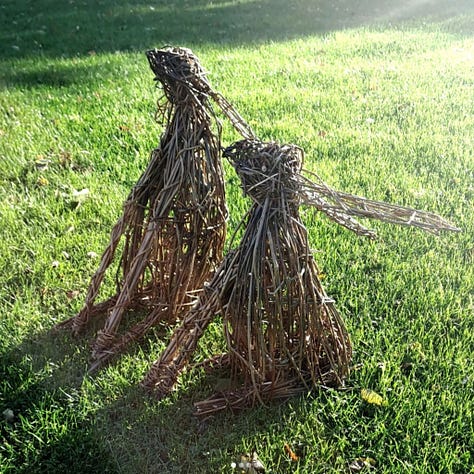
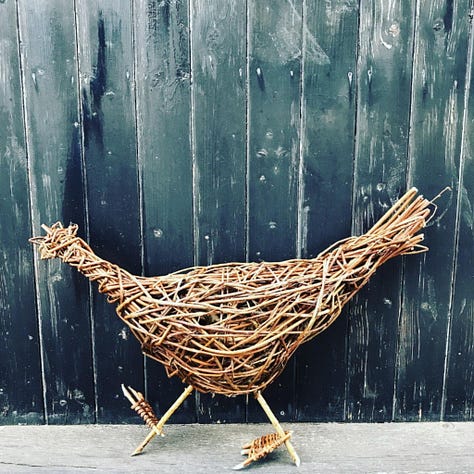
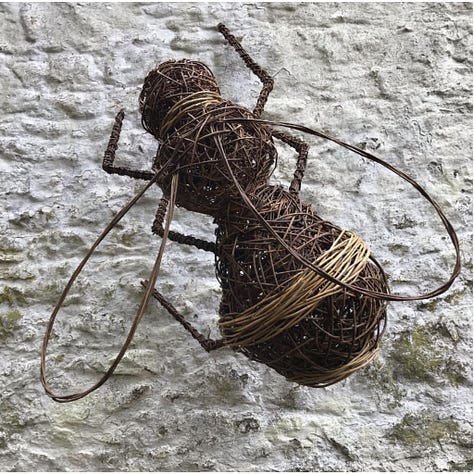
Willow Weaving Weekend - Sat 25th & Sun 26th January
Immerse yourself in a weekend of willow weaving and basketry in the scenic Hampshire South Downs. This hands-on course guides you through creating a lampshade and a basket, offering the perfect opportunity to learn and practice essential basket-making techniques.
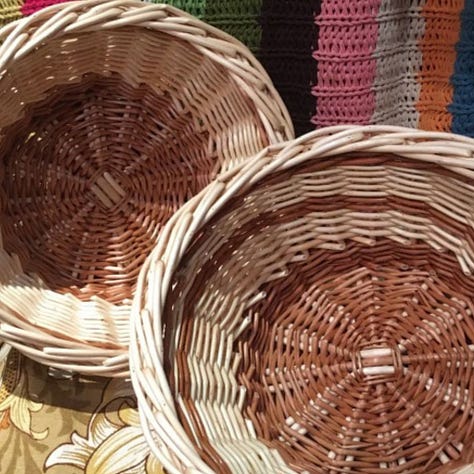
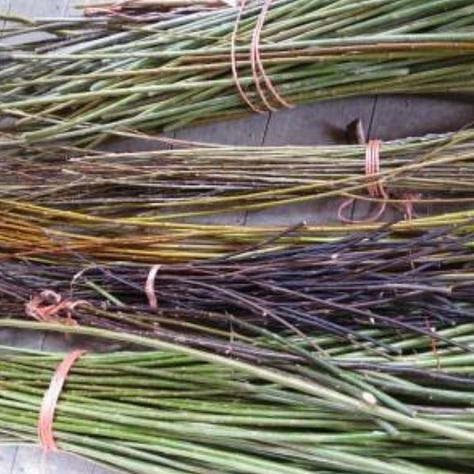
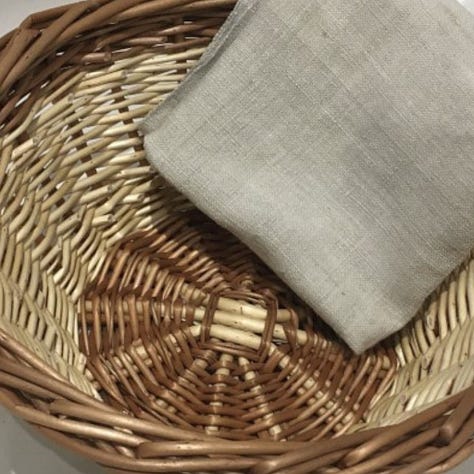
Why is Willow Harvested in Winter?
Winter is the perfect time to harvest willow. During this season, the plant takes a break and goes dormant, pulling its sap down into the roots. This makes the stems less likely to split and easier to work with—ideal for weaving and crafting. Plus, cutting it back during dormancy actually encourages healthy growth in the spring. Willow is super resilient and can regrow easily when harvested responsibly.
The Story of Willow Weaving
Willow weaving is one of the oldest crafts around, going back thousands of years. People in the Neolithic period used it for practical things like fences, baskets and fish traps. In ancient Egypt, willow was even used for furniture and coffins!
By the Middle Ages, willow weaving was a big deal in Europe, helping with farm work and everyday chores. By the 19th century, it had become a booming industry in places like England and France, with skilled artisans making everything from sturdy market baskets to fancy decorative pieces. Today, this traditional craft is still going strong, loved by artists and hobbyists alike.
Willow Facts
So Many Types! There are over 400 kinds of willow, from tall trees to tiny shrubs. While each has its own quirks, they all share that famous flexibility.
Nature’s Medicine Cabinet: Willow bark contains salicin, which led to the invention of aspirin. For centuries, people used it to ease pain and bring down fevers.
Eco-Friendly Hero: Willow grows fast, adapts to different climates and helps prevent soil erosion. It’s also used to clean up polluted soil and water through a process called phytoremediation.
Symbolic Tree: In many cultures, willow stands for resilience, renewal and healing. Its graceful look and ability to thrive in tough spots make it a symbol of hope and strength.
Living Art: Even after it’s cut, willow can sprout and grow. This unique trait is used to create living structures like tunnels, fences and arbours that evolve over time.
Willow is a perfect mix of beauty and practicality. Whether it’s woven into useful tools or shaped into stunning art, this incredible plant keeps inspiring us and reminding us of nature’s endless creativity.
EVENT: Folk Under the Fermenters
Soak up the lively atmosphere as you sip on Langhams' finest brews and listen to incredible live folk music. The unique setting—right inside the brewery "underneath the fermenters"—makes this a night to remember! This special event is a fundraiser and your support is vital in helping us continue our incredible work. We’d be truly grateful if you could join us and help spread the word.
At Langhams Brewery, Lodsworth, West Sussex
1st Feb 2025
Unsubscribe
Want to change how you receive these emails please contact us on info@sustainability-centre.org
Address
The Sustainability Centre, Droxford Road, East Meon, Near Petersfield, Hampshire, United Kingdom, GU32 1HR
Telephone
+44 (0)1730 823166
info@sustainability-centre.org
Web Site
www.sustainability-centre.org
Copyright
Copyright © 2024 The Sustainability Centre All rights reserved.







Informative and interesting, thank you